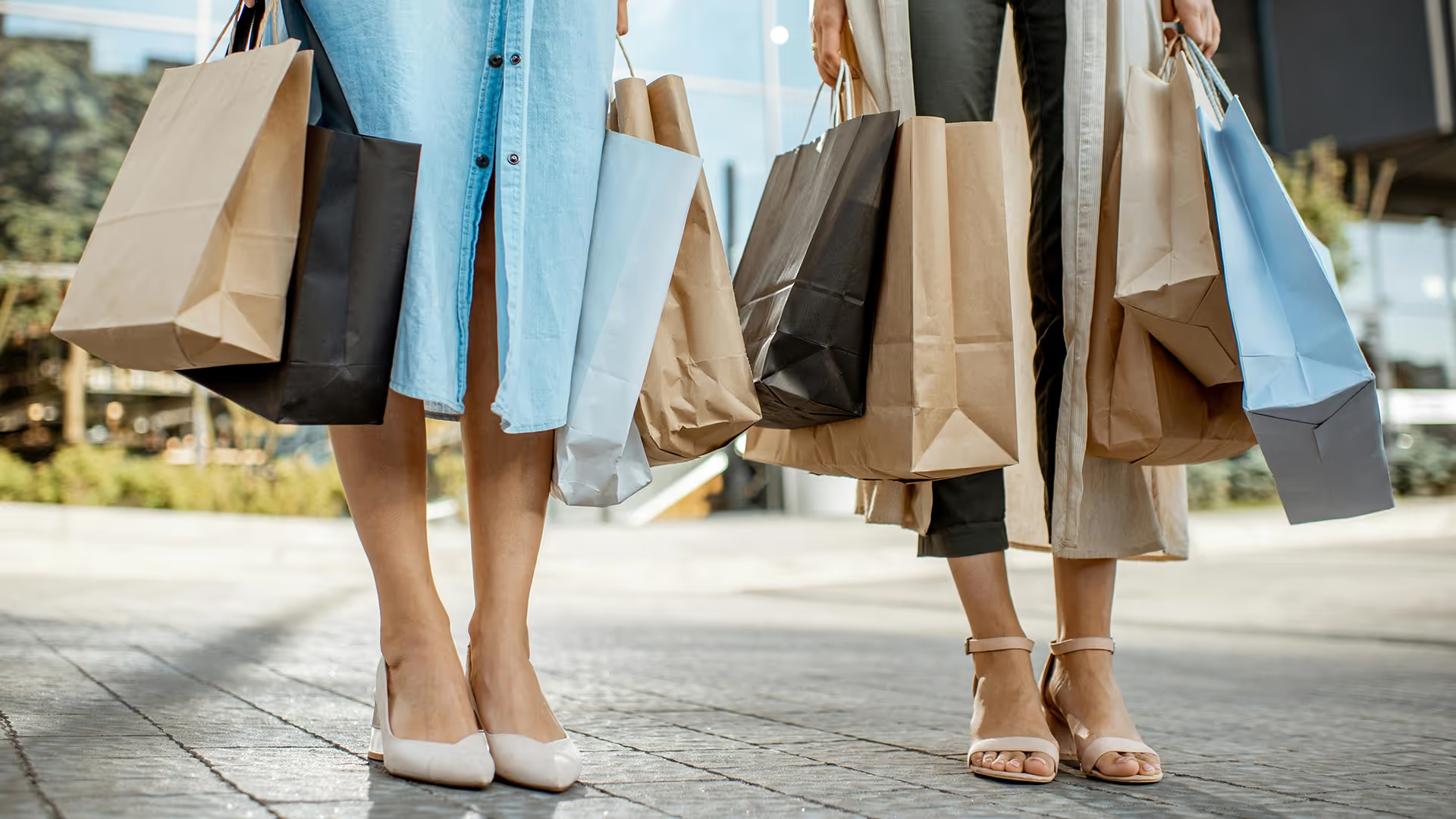
Fresh off NRF25: Predictions for the Retail Industry
The retail industry is undergoing a significant transformation as technological advancements, shifting consumer behaviours, and sustainability concerns converge. Following the National Retail Federation (NRF) 2025 event, where industry leaders gathered in NYC to explore the future of commerce, we’ve highlighted three key predictions stemming from the event to provide insight into the retail landscape:
1. Proliferation of Autonomous Delivery Solutions
According to industry sources, last-mile delivery – the logistics involved in transporting goods from a transport hub to their final destination – can account for as much as 41% of overall supply chain costs. This places significant pressure on logistics carriers to reduce these critical last-mile expenses (financialexpress.com). However, a promising solution lies in increasing efficiency and reducing costs through the adoption of autonomous last-mile delivery services, which involve using drones and robots to deliver goods directly to consumers.
In 2024, the autonomous delivery market was valued at approximately USD 9.4 billion and is projected to grow at a compound annual growth rate (CAGR) of 22.1% through 2032 (Verified Market Research). The increasing demand for e-commerce, combined with advancements in technology, is expected to drive the widespread adoption of autonomous delivery systems. Companies such as Walmart and Amazon have already implemented drones to deliver small packages to consumers’ homes within 30 minutes or less (financialexpress.com).
2. Expansion of Experiential Retail
Brick-and-mortar stores are evolving into spaces that offer unique, memorable experiences rather than merely serving transactional purposes. This trend is evident in the success of brands like Lululemon, which integrates fitness classes and wellness spaces into its stores to provide a holistic customer experience. Similarly, Sorel's pop-up store in Brooklyn's Williamsburg neighbourhood exemplifies this trend. The location featured a boot customisation bar and an augmented reality (AR) experience. Customers could stand before a full-body mirror-sized screen and interact with effects such as snow or rain, which responded to their movements (Forbes).
3. Voice Commerce Hits Mainstream
With advancements in natural language processing, machine learning, and AI-driven recommendations, conversational commerce is set to become a preferred shopping channel for many consumers. The voice commerce market has grown exponentially in recent years and is expected to expand from $116.83 billion in 2024 to $151.39 billion in 2025, reflecting a compound annual growth rate (CAGR) of 29.6% (The Business Research Company).
Sephora, a global cosmetics retailer, leverages chatbots to offer personalised beauty advice and product recommendations. Their virtual assistant utilises AI to analyse clients’ skincare concerns, preferences, and purchase history, providing tailored product suggestions and routines. Similarly, ASOS has successfully implemented a chatbot on Facebook Messenger that helps customers shop and select items. The chatbot offers advice on finding products, determining sizes, and generating ideas, acting like a personal online stylist (masterofcode.com).
How The Commerce Team Global Can Help
At The Commerce Team Global, we specialise in helping retailers stay ahead of the curve.
We've worked with global brands such as Unilever, Ben & Jerry's, TFG London's Whistles, Phase Eight and Hobbs to optimise their e-commerce platforms and excel customer experience, whilst supporting their digital growth.
Reach out today at info@thecommerceteam.com to learn more.

.jpg)

